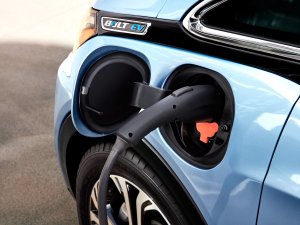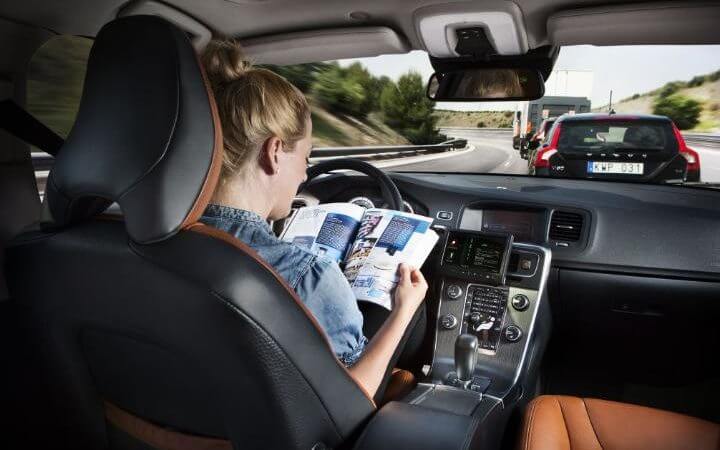 There’s been a big impact in the automotive industry that involves data analytics. As of today, there’s vehicles that are capable of collecting massive amounts of data for their analysis. Vehicles contain around 50 sensors that are used to collect information of the driver’s pattern. For example, it can collect the speed, emissions, distance, resource usage, style of driving, and fuel usage. When this information is combined with predictive analytics, data scientists are able to utilize the information for the private and public sector.
There’s been a big impact in the automotive industry that involves data analytics. As of today, there’s vehicles that are capable of collecting massive amounts of data for their analysis. Vehicles contain around 50 sensors that are used to collect information of the driver’s pattern. For example, it can collect the speed, emissions, distance, resource usage, style of driving, and fuel usage. When this information is combined with predictive analytics, data scientists are able to utilize the information for the private and public sector.
Data Analysis is currently and going to have a major role in the auto industry. The data science is going to be utilized across the board. It will be used to build smarter vehicles for the consumer, auto racing, smart cities, and the insurance industry. For the consumer it means smarter vehicles. The data analysis can be used to predict potential issues before they become problems. This will benefit the consumer for negating the need of a costly repair. In F1 Racing, the team is using the analysis to collect information on the vehicle’s performance.
This technology has its pros and cons. For example, some may view it as big brother because insurance industries will have access to the information as well. The insurance industry point of view is it will lower the driver’s costs based on their safety record and safe driving habits.
Since 5G is right around the corner, big data is going to be able to take advantage of the technology. It’ll have the ability to update the vehicle’s software remotely, monitor and respond to engine performance. When it comes to interconnected highways, the data can inform the driver of incoming construction, accidents and intersections. This lead data will benefit the driver to effectively navigate the vehicle seamlessly through expected traffic congestion. The end result is traffic flow will be efficient and safer.
Data analytics is also sparking the connected cars. Connected cars will be able to provide local information to the driver from gas stations to retail outlets. Essentially, the automobiles will be using localized data to concoct customized suggestions based on the driver’s preference. For example, it’ll suggest a flower shop offering a 20% discount on your nearby route for your upcoming anniversary.


